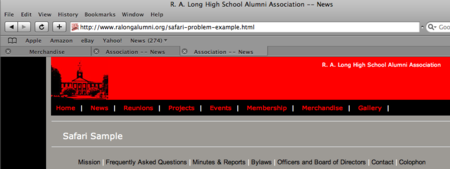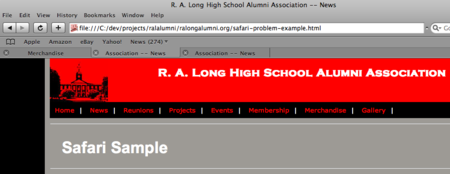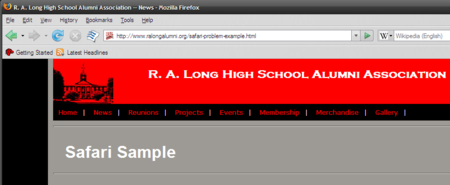I wasn’t a big salsa (as in the food and not the dance) fan until a few years ago. A co-worker and friend brought salsa into the office one day. It was far and away better than anything from a jar or even a restaurant. Gianni was gracious enough to share the recipe.
The basic idea for my version is based on Gianni’s (who was born in in Brasil and who’s parents are both Greek immigrants to Brasil… go figure). His recipe used exclusively jalapeños and habaneros for the peppers (particularly the habaneros if we said it wasn’t “hot enough”). I try to find a balance between bell peppers and hot peppers to find something that tastes good and is hot, but still edible (my son prefers it hotter). The version I learned this technique from you were in bad shape if you stopped eating … it was less painful to continue eating.
This is largely a guide … not a formula. If you follow it, it will make a very large batch.
64oz bottle of Campbell’s Tomato Juice (brand is important)
4 Bell Peppers (any combination of red, orange, yellow, green)
6 to 12 Jalapeños (seeds make them hotter)
1 bunch Green Onions
1 White or Red Onion
1 bunch Fresh Cilantro
6 Roma Tomatoes
Ground Cumin (to taste … more is better according to my wife)
Olive Oil (not very much)
Black Pepper (to taste)
Salt (to taste)
Pour tomato juice into a large bowl. Chop the vegetables in a food processor until nicely chopped. Add to the tomato juice. Dice the Romas and add to the rest of the mixture (don’t do the Romas in the food processor or you will have paste). Add the cumin, olive oil, black pepper, and salt to taste. Mix it all together.
It is best if it can refrigerate for a couple of hours. It will last 1 1/2 to 2 weeks in the refrigerator (my guess; not formally tested).
Wear gloves when working with the hot peppers.
Play with combinations of peppers, onions, and tomatoes to get a flavor you like. Other kinds of hot peppers (habaneros, serranos, Thai, Anaheim, wax, and the like) will change how hot it is and vary the color.
You can use other tomatoes if you like. Romas seem to work the best. Hot house tomatoes are a little on the watery side, but that doesn’t make them a bad choice. Regardless of the tomato variety chosen don’t put the tomatoes in the food processor.
You can mix just about anything together and have it turn out right.


